If you’re still searching for non toxic shampoo that works, you’re probably not washing your hair correctly. Here are five things you’re doing wrong.
If I were a betting woman, I’d guess that one of the areas women have the most trouble when it comes to clean beauty is their non toxic shampoo. (And deodorant…definitely deodorant.)
Some non toxic shampoos and conditioners really don’t work and you should avoid them. But others work well as long as you know a few tips and tricks.
In fact, I hated the shampoo from one of my (now) favorite brands when I first tried it. But once I learned how to use it correctly, I was blown away by how clean, soft, and healthy my hair was.
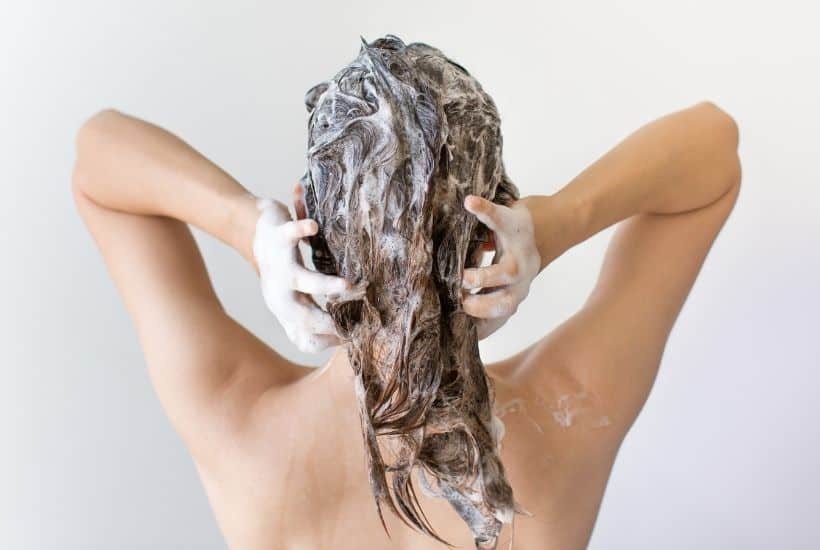
**This post contains affiliate links. If you click and make a purchase, I may receive a small commission (at no additional cost to you). Read my affiliate disclosure for more info.**
Why Is Using Non Toxic Shampoo Different?
Sodium lauryl sulfate (SLS) and sodium laureth sulfate (SLES) are two of the top ingredients advocates recommend avoiding in your personal care products because they can irritate skin conditions like rosacea and eczema, and they can trigger allergies. They can also be damaging to some types of hair.
But what are these sulfates anyway? They are the cleansing agents in your shampoo that create the great lather most of us have come to know, love, and expect.
So when you remove the sulfates, you also remove the suds that most of us have come to know, love, and expect.
What To Expect When You Switch
Even with these tips and tricks, it may take some time for your scalp and hair to adjust to non toxic hair care products. In other words, your hair may feel more oily and heavy during this transition.
With that being said, I do believe that if you wash your hair following the tips below, your transition period won’t take as long. I wish I knew these things when I initially made the switch, because I wouldn’t have given up on non toxic shampoos for a while.
I hated Innersense Organic Beauty hair products when I first tried them. I didn’t get why all these clean beauty bloggers raved about them. But after learning the right way to cleanse and condition with non toxic hair products, I started using Innersense again finally understood the hype.
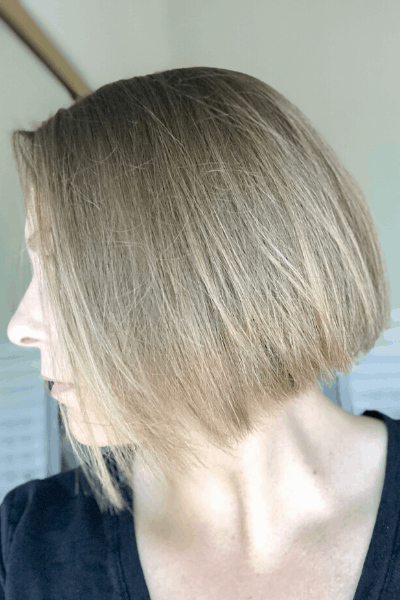
Give your new shampoo and conditioner at least a few weeks to transition and balance out. If it’s still not working and you’re following these tips, then it’s not the right shampoo for you.
And as always, if you have a reaction, stop using it immediately. Yes, even natural ingredients can cause reactions. (Read how one EWG Verified shampoo burned my ears and made my scalp super itchy.)
RELATED: I Tried 3 EWG Verified Shampoo Brands. Here’s What Happened.
Using Non Toxic Shampoo: What You’re Doing Wrong
Now you’re probably wondering, “So what is the correct way to use non toxic shampoo?!”
Let’s talk about what you’re doing wrong and how to fix it.
1. Your hair isn’t wet enough.
Make sure your hair is very wet before washing. When you wash with non toxic shampoo, your hair needs to be very wet. Like, sopping wet.
Rinse your hair, move out of the stream of water, and then add your shampoo. Don’t squeeze out any water before washing. Sometimes I start cleansing and quickly dunk my head under the shower to add a little more water.
2. You apply shampoo directly to your hair.
Rub the shampoo in your hands before applying to hair. Mix the shampoo with water in your hands, rub your hands together really well, then apply the shampoo to your hair. Don’t apply your shampoo directly to your hair and then try to rub it in because it won’t lather well.
And if the shampoo isn’t lathering well, you’re probably going to end up rubbing your hair too hard and irritating your scalp. No bueno.
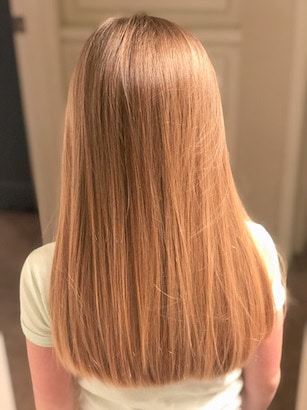
3. You wash your hair only once.
Wash your hair twice. One wash won’t cut it with non toxic shampoos. You need two washes. (Kinda like how you double cleanse your face!)
I find that I get a much better lather – like significantly better – the second time around, and my hair feels a lot more clean.
If you read other hair washing tips, people will say that washing your hair twice is a big no-no. And that’s true if you’re using conventional shampoos that strip your hair and scalp of their natural oils. In that case, you definitely don’t want to wash twice because it damages your hair and skin. But you’re not using those nasty shampoos, are you?!
After your hair adjusts to sulfate-free shampoos, you may find that you only need to wash once, especially if your hair is dry.
4. You don’t focus on washing your scalp.
Your scalp and roots are really what need to be washed. That’s where you need to put all your washing focus because they’re typically more oily.
The ends of your hair don’t need as much attention because they tend to be drier than your scalp. My daughter’s hair is long (too long, IMO), and I wash her scalp really well, rub any remaining shampoo suds down the length of her hair, and then rinse.
5. You use conditioner on your scalp.
Only use conditioner from the middle of your hair down to the ends. Gently squeeze out excess water and then apply your conditioner from the middle of your strands to the end. If you use conditioner on your scalp, you might find that your hair is more greasy and oily.
Because your scalp is more oily than the rest of your hair, it doesn’t need the extra moisture that conditioner provides. And it especially doesn’t need the extra moisture because your scalp isn’t being stripped of its natural oils like what happens with conventional shampoos.
It might be tempting to skip the conditioner if your hair feels oily, but don’t do it! Conditioners help reduce breakage, and makes your hair smoother and easier to brush.
My Favorite Non Toxic Shampoos and Conditioners
My favorite overall shampoo and conditioner is from Innersense Organic Beauty. Clean Kids Naturally and Attitude Living are good affordable options.
1. Innersense Organic Beauty
Pure Harmony Hairbath and Pure Inspiration Conditioner
Innersense Organic Beauty’s products are free of silicones, plastics and residues that weigh hair down. They’re also free of phthalates, ethoxylates, sulfates, silicones, 1,4 dioxane, parabens, petro compounds, propylene and butylene glycol, PEG, MEA, TEA, MIA, EDTA artificial dyes, and synthetic fragrances.
Innersense offers several types of shampoos and conditioners. They have great non toxic shampoo for curly hair.
2. 100% Pure
Yuzu & Pomelo Glossing Shampoo and Conditioner
This shampoo and conditioner set gently washes away excess oil while giving hair brilliant shine, bounce, and vibrancy.
There are several types of shampoos and conditioners from 100% Pure.
3. True Botanicals
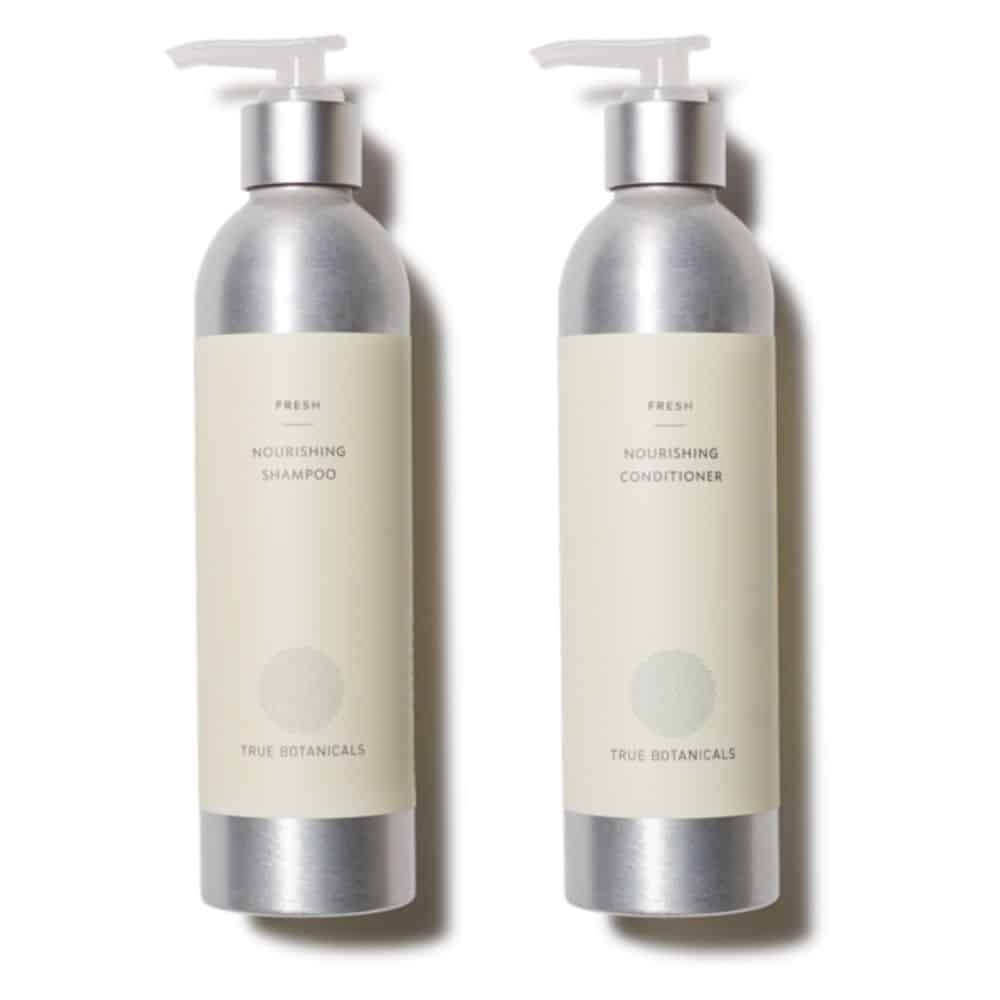
Nourishing Shampoo and Nourishing Conditioner
The hair products from True Botanicals are made without SLS, SLES, harsh surfactants and synthetic fragrances. They’re also MADE SAFE® certified, vegan, cruelty-free, and sustainably sourced.
I think this shampoo and conditioner is best for oily hair; I think it could be too drying for some people. This is the only shampoo and conditioner that True Botanicals sells.
4. Clean Kids Naturally
Tropical Orange Burst Shampoo and Banana Smoothie Conditioner
Clean Kids Naturally’s shampoo and conditioner are EWG Verified and don’t contain coconut, so it’s great for people with coconut allergies. They’re also free of gluten, sulfates, parabens, phthalates, fluoride/glycol, lanolin, petrolatum, mineral oils, and artificial colors.
You don’t have to be a kid to use these, either! I use them on my hair and they work really well. The conditioner smells like banana Runts, which isn’t my favorite but I deal with it.
5. Attitude Living
Attitude Living Blooming Belly Shampoo and Conditioner
The Attitude Living Blooming Belly shampoo is EWG Verified, and it looks like the conditioner used to be but is no longer listed as verified on the EWG’s website. (I did reach out to Attitude Living for clarification, but did not receive a response.) There are many different types of shampoos and conditioners.
All of Attitude Living’s products are vegan, cruelty free, and PETA-approved. Attitude offers what it calls “BULK to go eco-refills” for some of its shampoos and conditioners, hand soaps, shower gels, and home cleaning products. The bulk eco-refills use 81 percent less plastic than the regular packaging. (NOTE: This option isn’t available for the Blooming Belly line.)
Final Thoughts on Non Toxic Shampoo
A lot of non toxic shampoos “don’t work” because people aren’t washing their hair the right way. Of course, some shampoos and conditioners really don’t work and you should avoid them. But try these tips first before you give up on those sulfate-free shampoos.
RELATED ARTICLES:
- I Tried 3 EWG Verified Shampoo Brands. Here’s What Happened.
- The Best Shampoo for Oily Hair: 3 Brands You Need To Try
These five tips will help if your non toxic shampoo isn’t working.
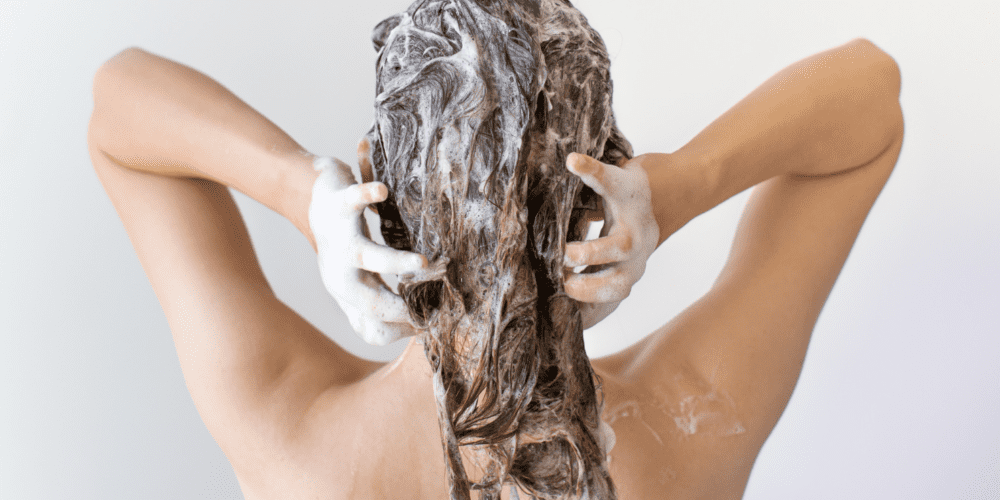
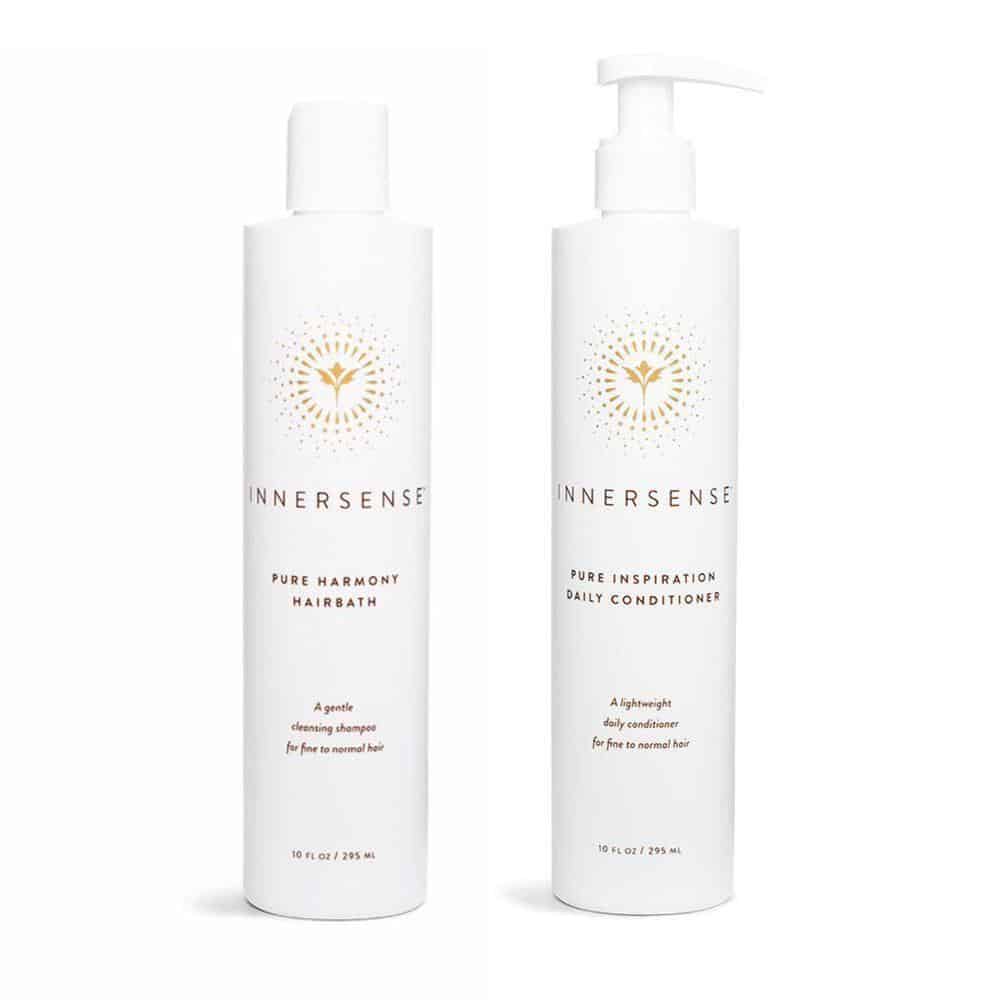
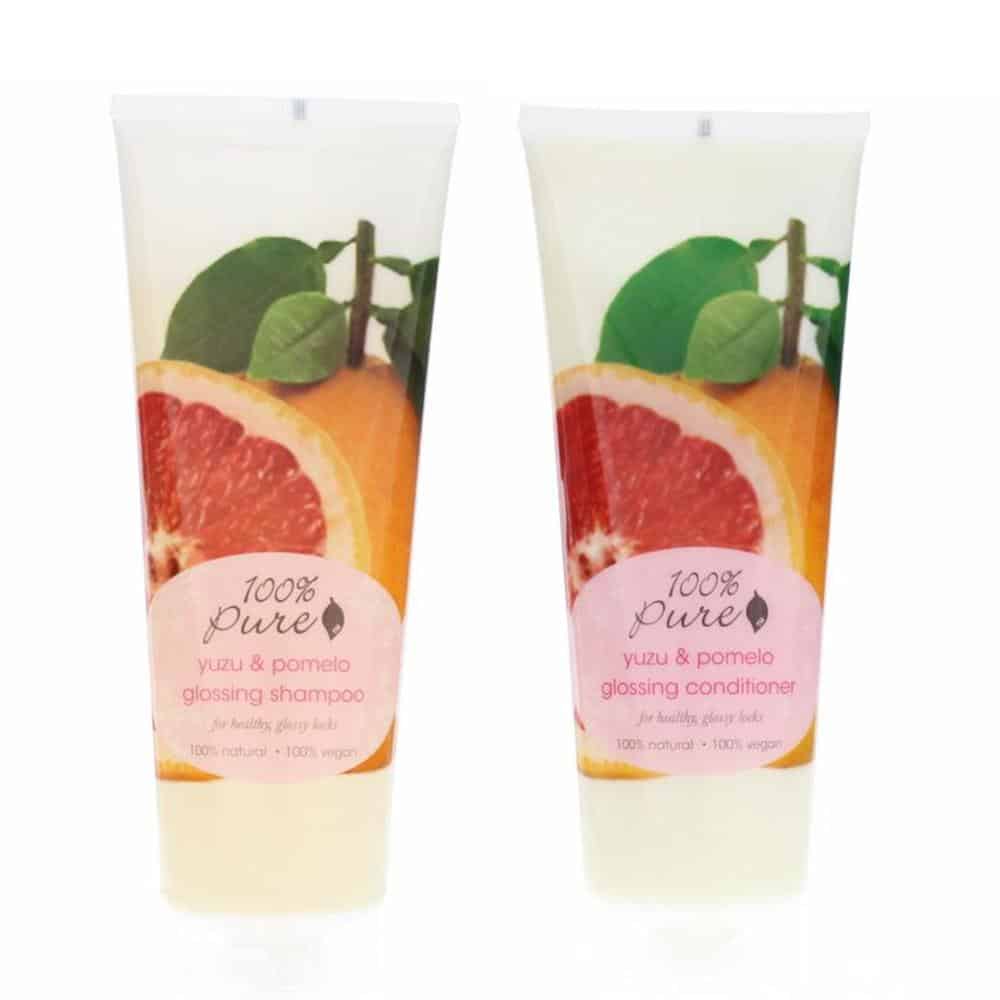
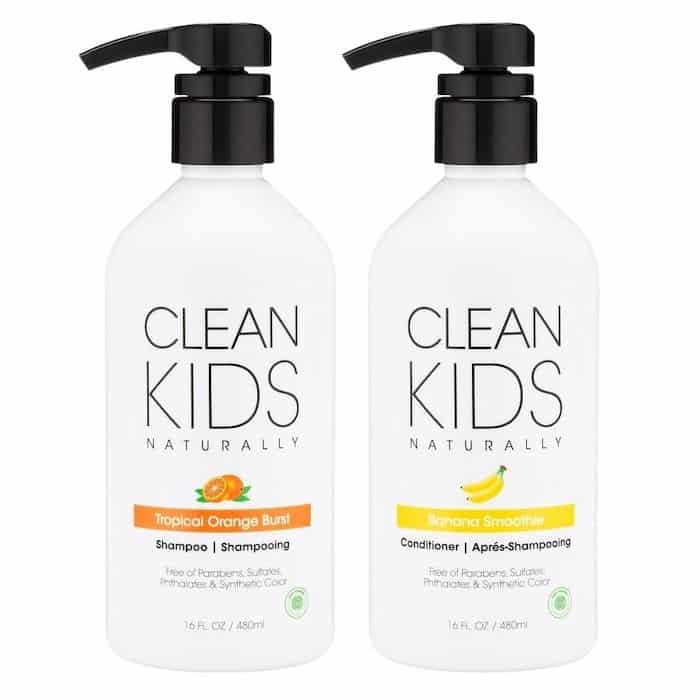
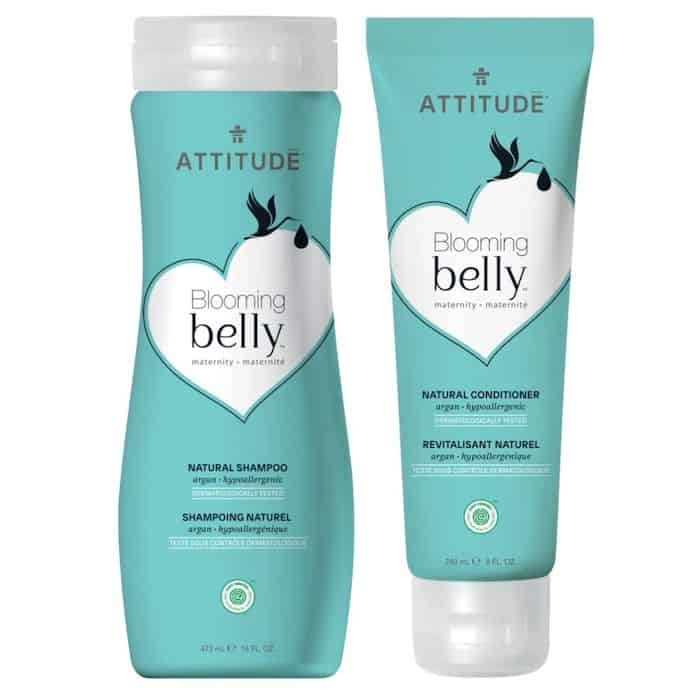
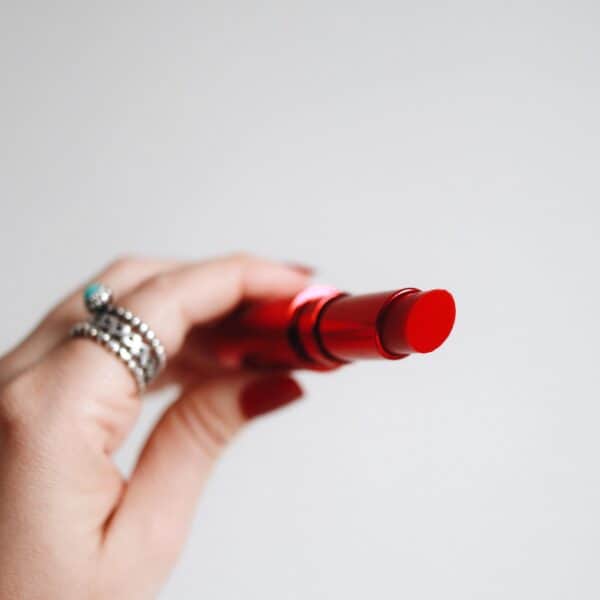
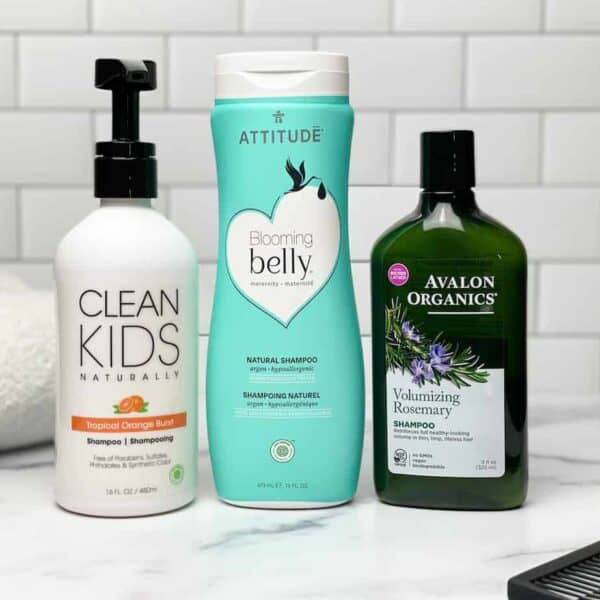
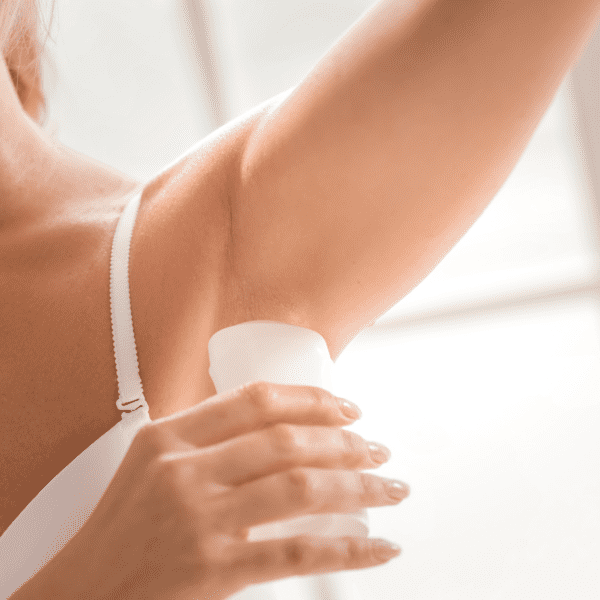
Leave a Reply